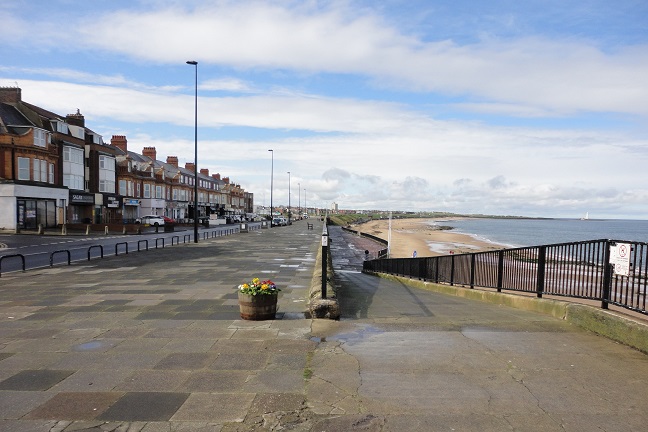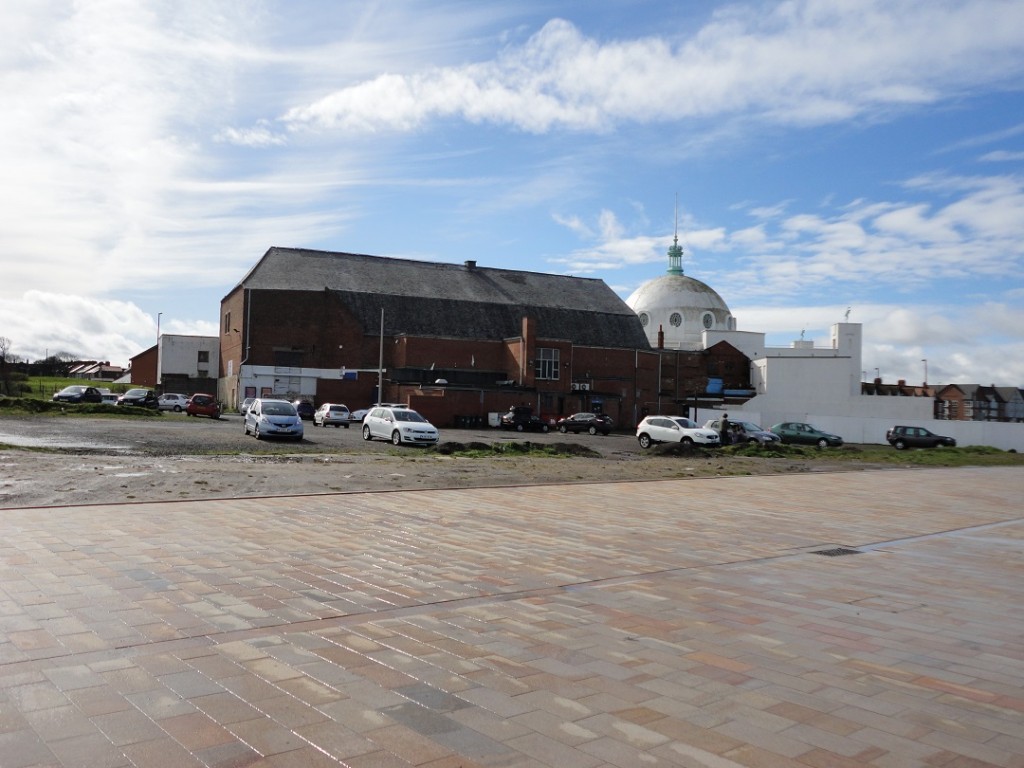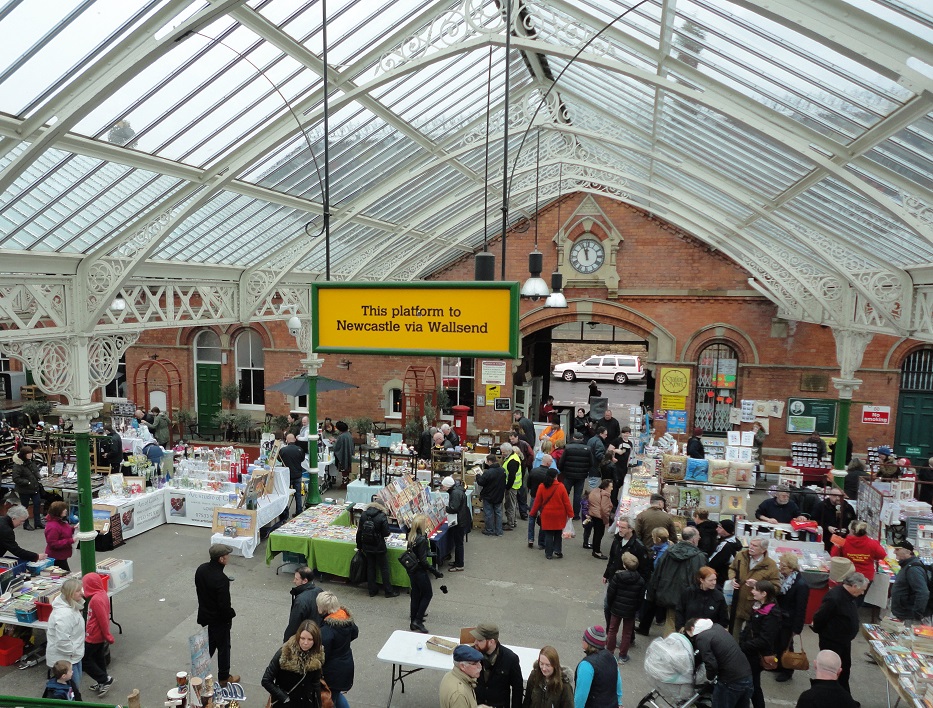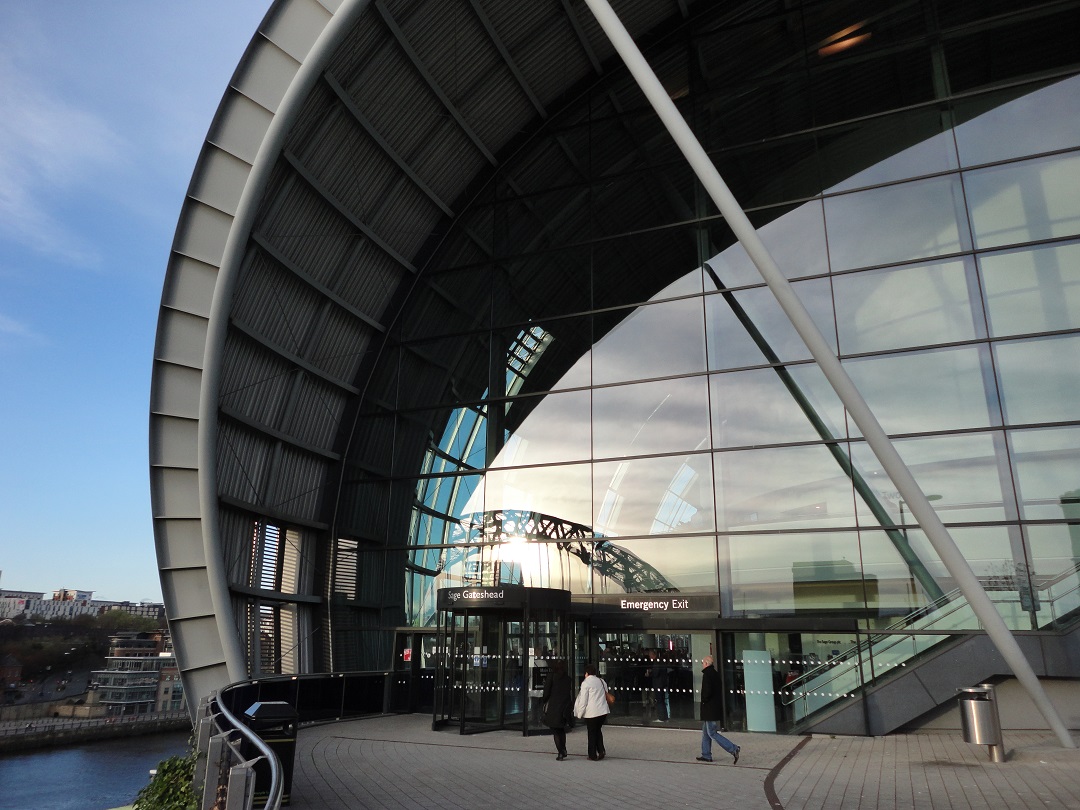Tyneside in England’s north-east has a revived centre for everyone in Newcastle and Gateshead, but its coastal edges are struggling, like Whitley Bay, or moving upscale like Tynemouth. It’s like Britain in miniature.
Originally published on Beacon.

May is the cruellest month for the most loyal customers of Britain’s beaches, and today is the cruellest day. It is, largely, the day they are banned.
Visiting Whitley Bay in Tyneside on an April Sunday, it was clear how much they love the beach, and how greatly they will miss it for the five months of their exclusion: running, collecting balls and barking. But despite this the dogs of North Tyneside, and much of the rest of seaside Britain, today start their long wait until they can go back to the beach.
Sure, dogs aren’t actually people – although if any country is going to legislate to give them human rights, Britain is a likely candidate – and their habit of treating the world as their toilet does pose a risk to children playing on beaches, hence the bans. But it also assumes that the beaches will be used by children.
Britain’s seaside resorts were once the main destination for British holidays, but have been in decline for decades. The advent of cheap air travel meant that the beaches of the Mediterranean, with near-guaranteed sun, a dash of exoticism and in many cases cheap prices, became the new default choice. That left places like Whitley Bay behind.
Whitley Bay’s seafront, in the header image, is in a decent state but many of the shops, hotels and amusements behind it look run-down. Exhibit A is the vast Spanish City, a 1,400-seat theatre with restaurants, cafes and a roof garden, opened in 1910 with a dome second only in Britain to that of St Paul’s Cathedral. It attracted as many as 11,000 people a day.
The Spanish City was surrounded by fairground rides, leading to local hero Mark Knopfler’s 1981 song for Dire Straits, ‘Tunnel of love’, which even then sounded like it was commemorating something ending:
And now I’m searching through these carousels and the carnival arcades
Searching everywhere from steeplechase to palisades
In any shooting gallery where promises are made
To rock away rock away from Cullercoats and Whitley Bay out to rock away
And girl it looks so pretty to me like it always did
Like the Spanish City to me when we were kids…

The Spanish City rides were demolished at the turn of the millennium, and the main building is a sad sight. It has a future: owner North Tyneside Council is working on a £60m regeneration. But right now, it looks like a giant symbol of Britain’s run-down seaside resorts. Not so much Mark Knopfler as Stephen Morrisey’s ‘Every day is like Sunday’, describing “the seaside town that they forgot to close down”.
Some people still enjoy the British seaside, but tend to prefer a different flavour. Heading south from Whitley Bay past Cullercoats gets you to Tynemouth. Its headland was once the site of a powerful priory, the kind which levied taxes – in 1270, Newcastle’s mayor led a force that burnt down the priory’s port at North Shields, as it threatened the city’s monopoly over trading on the Tyne. Already fortified, after its dissolution under Henry VIII the priory became a military castle guarding the approaches to the Tyne. It was used in both world wars and the Ministry of Defence only abandoned it in the 1950s. Both the ruined priory and the Second World War gun batteries are still in place, and it is now open to the public as a historic site.

Behind the priory and castle, Tynemouth is in good shape. The grand railway station, with its wonderful glass roof, is now just a two-platform stop on Tyneside’s Metro system. But the space once occupied by other platforms is now home to a weekend market selling crafts, as well as a monthly farmer’s market. The handsome main street includes a cake shop and a high-class chocolatier. It feels more like a wealthy village in the south than somewhere in the far north of England (and shows how such north-south stereotypes quite often fail). The ocean is not really the point of Tynemouth: the main street with chichi shops is perpendicular to the sea and leads to the priory/castle entrance, rather than to a sea-front promenade.
Down to the waterline
Both Whitley Bay and Tynemouth are effectively suburbs of the Tyneside conurbation centred on Newcastle, the most northerly city in England. The city is described by the heroine of Ian McEwan’s The Children Act as like a Baltic port, a description that rings true on several levels: passenger boats leave the Port of Tyne for Amsterdam, regular freight boats travel to Scandinavia and at 55 degrees north the city is on the same latitude as Esbjerg in Denmark and Kaliningrad in Russia’s Baltic enclave. The light is Scandi-clear, and unlike many big cities, it is clearly a port – all the bridges can either move out of the way of ships, or are high enough not to hinder them.
The city centre, marketed as NewcastleGateshead (Newcastle is north of the Tyne, Gateshead south – the joint term is used to signify the bits of both nearest the river and its famous bridges), has become what Whitley Bay was: a place for everyone where everyone goes. On the Saturday night before my trip to the seaside, Newcastle’s beautiful Georgian streets featured a couple having a (physically) staggering, drunken argument – sure, you can see that in any British town on a Saturday night, but it was only quarter to seven – while Gateshead’s Foster + Partners-designed Sage Gateshead concert hall featured live jazz and crowds of music-lovers (also drinking, but here only the architecture is staggering).

A good restaurant near the law courts, which in the south might only feature middle-aged, middle-class people, here hosted all ages: young couples looking awkward, family groups with bored teenagers, elderly people helped in and out of their chairs by the staff. The place was packed, and everyone except the teenagers (and a middle-class southerner who hadn’t got the city’s dress code… I should have worn a shirt) was well dressed. Everyone, including the staff, looked to be having fun. On the streets nearby, a hen party dressed as 1950s housewives trooped by, while in a hotel reception the lone member of staff cheerfully coped with a sports team rearranging the decorative candles. In short, NewcastleGateshead really kicks off.
What goes for Tyneside goes for Britain. British life now takes place mainly in big city centres on which huge amounts of money have been spent, on statement art centres like the Sage, new housing, bars and restaurants. (Arguably this trend was kicked off by real Spanish cities such as Bilbao, with its Guggenheim outpost.) Britons use to go on holiday to escape big cities, now many take holidays in them. Major conferences, including those held annually by the political parties (the UK equivalents of US political conventions), used to be held out-of-season in seaside resorts; now they too are held in big cities.
Like Tynemouth, some seaside resorts such as Brighton, St Ives and Padstow have moved upmarket, often taking advantage of arty reputations. A few seaside resorts remain as mass-market destinations, but they struggle. Blackpool still gets millions of visitors, due to attractions including one of the world’s greatest roller-coaster parks, but far fewer people now stay overnight so its hotels have suffered.
Seaside resorts including Whitley Bay are trying to reverse decline. But it is hard to see how most of them can. It feels like an unequal contest between the Spanish City and the real big city, just a few miles inland.
Update, September 2016: North Tyneside Council has now started work to renovate the Spanish City.
